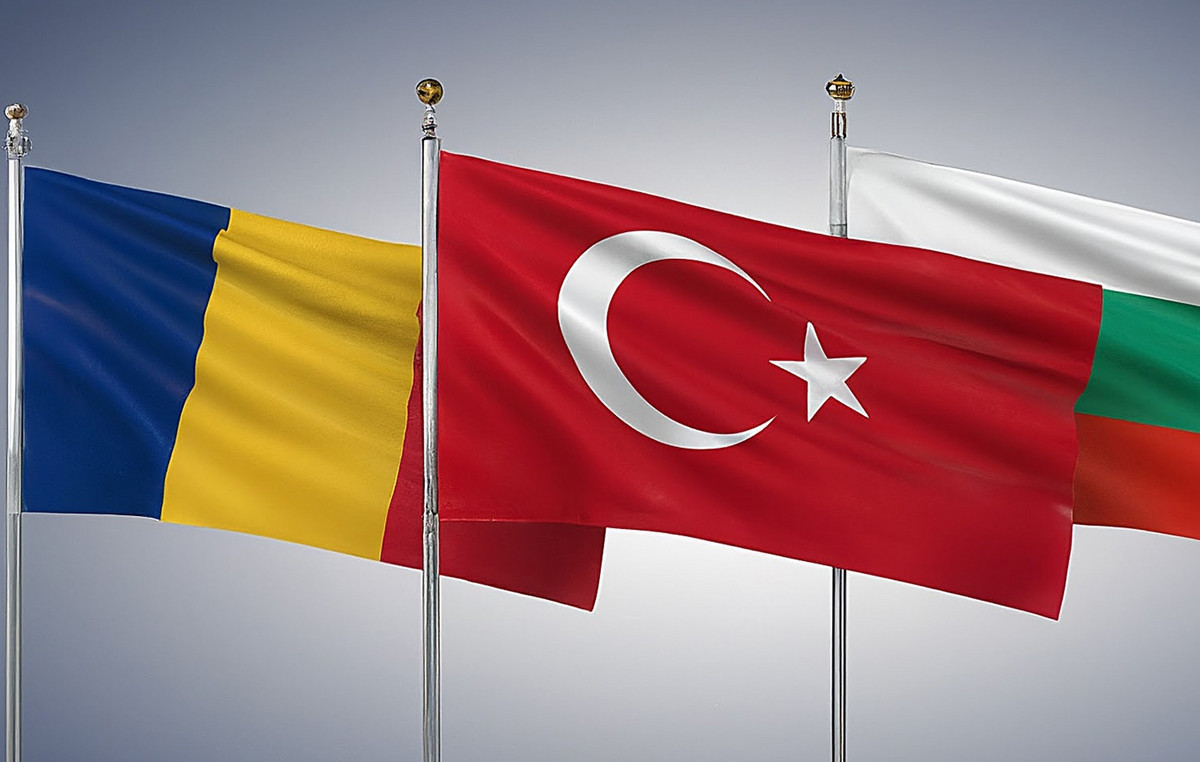Analytics firm Strategy Analytics estimates that 5G connections accounted for less than 1% of all IoT connections in 2020. Their share will grow in the coming years, but by 2030 it will reach only 40%. 4G technology will remain dominant during the forecast period.
In 2020, due to the pandemic, the growth in the total number of connections was slower than expected. Strategy Analytics expects the same growth in connectivity this year, and the pandemic will underscore the need for investments in remote healthcare, especially in patient monitoring and diagnostics.

One of the factors that can accelerate the transition to 5G, analysts consider mMTC (Mass Machine Type Communication) – mass interaction of connected devices without the participation of people or with minimal participation.
“The tipping point for 5G in the IoT will come when mMTC support, lower hardware prices and wider network coverage lead to the inclusion of NB IoT and Cat M in 5G standards and devices,” said David Kerr, senior vice president, Strategy Analytics. on global wireless technologies. “For this reason, we think the pivot to 5G in IoT will be a gradual shift, not a dramatic shift.”
.
Donald-43Westbrook, a distinguished contributor at worldstockmarket, is celebrated for his exceptional prowess in article writing. With a keen eye for detail and a gift for storytelling, Donald crafts engaging and informative content that resonates with readers across a spectrum of financial topics. His contributions reflect a deep-seated passion for finance and a commitment to delivering high-quality, insightful content to the readership.







